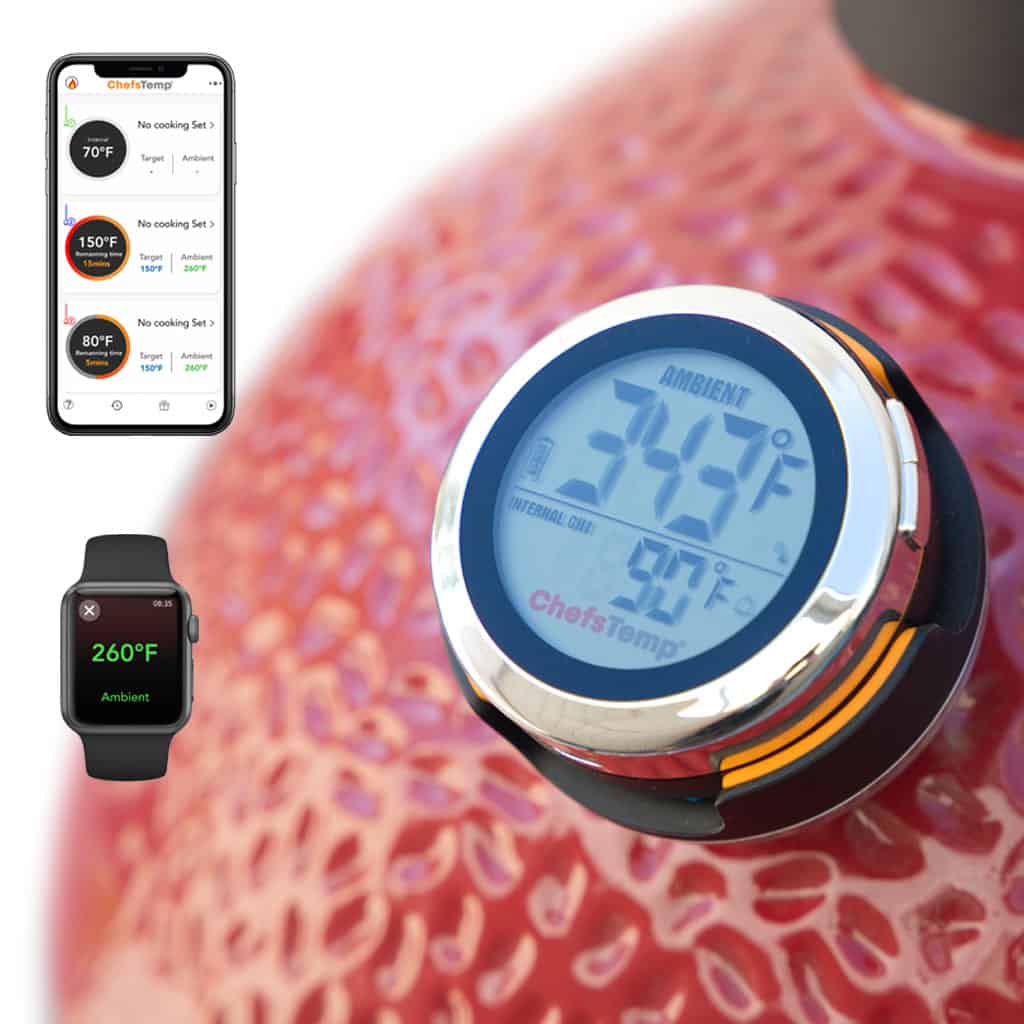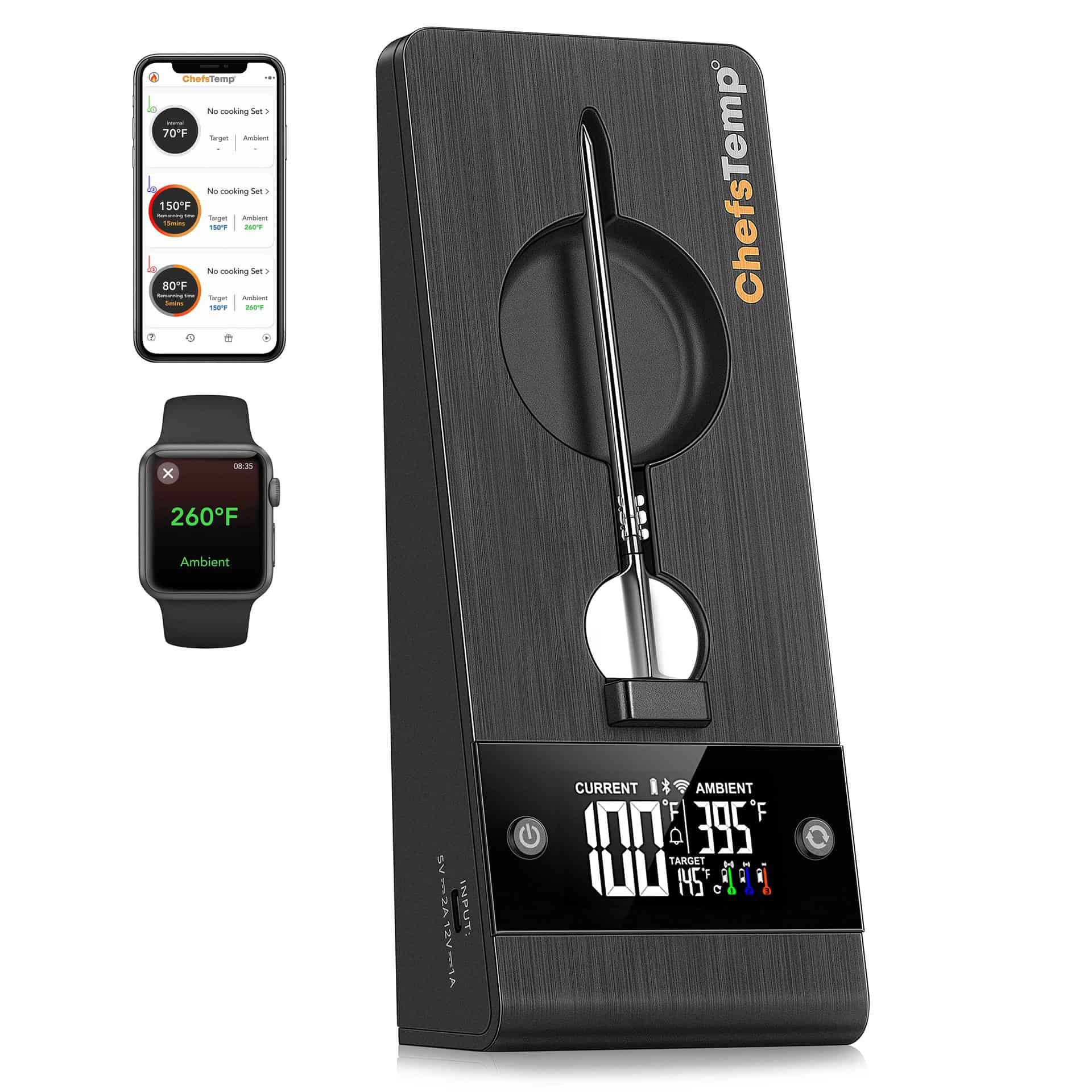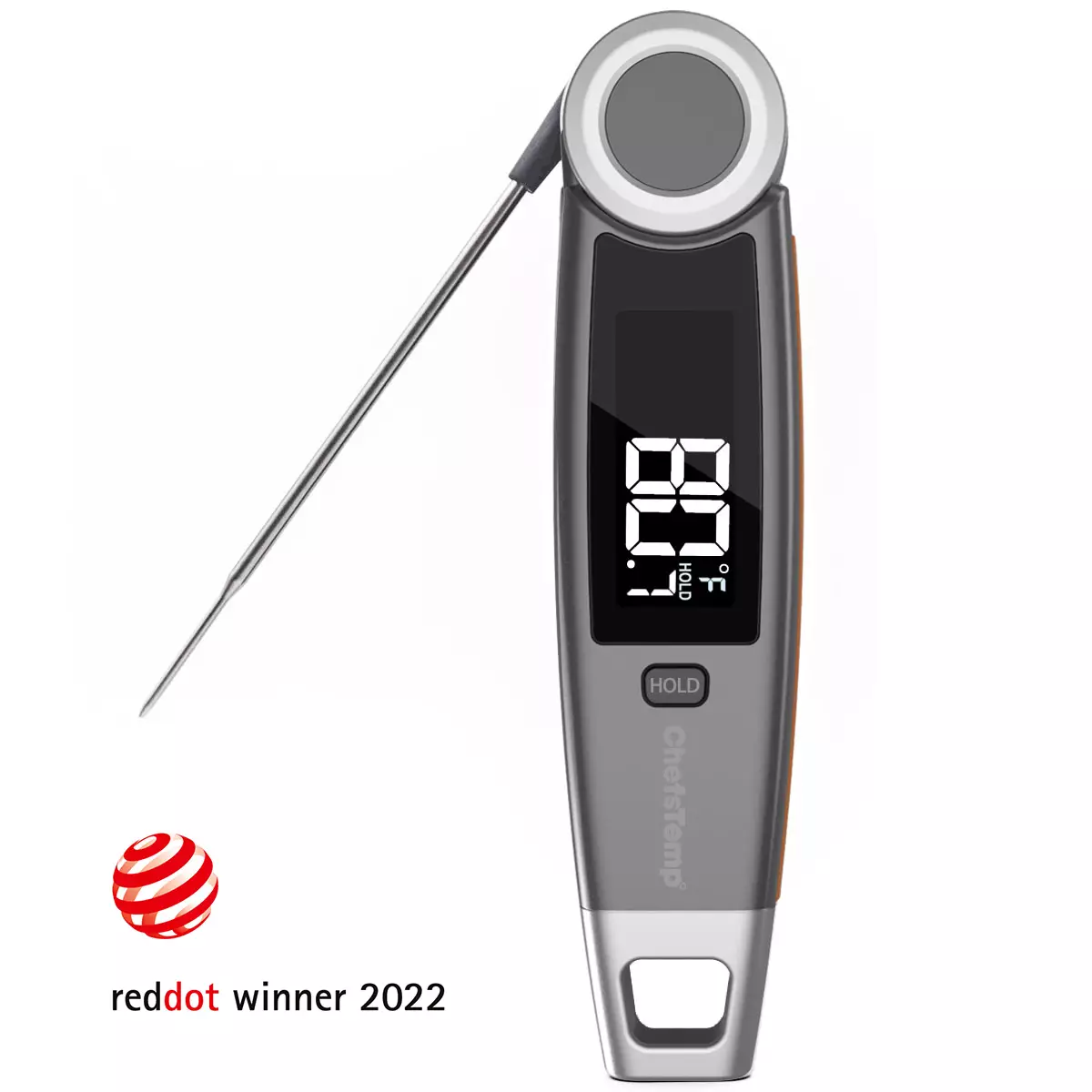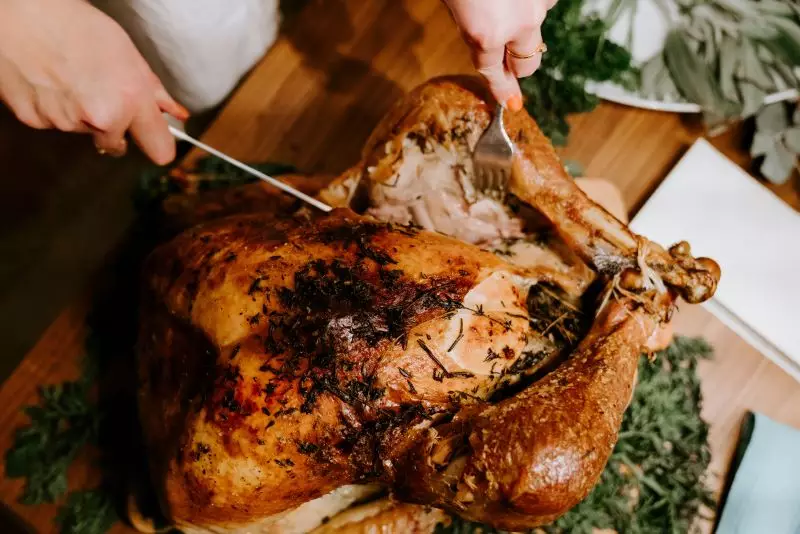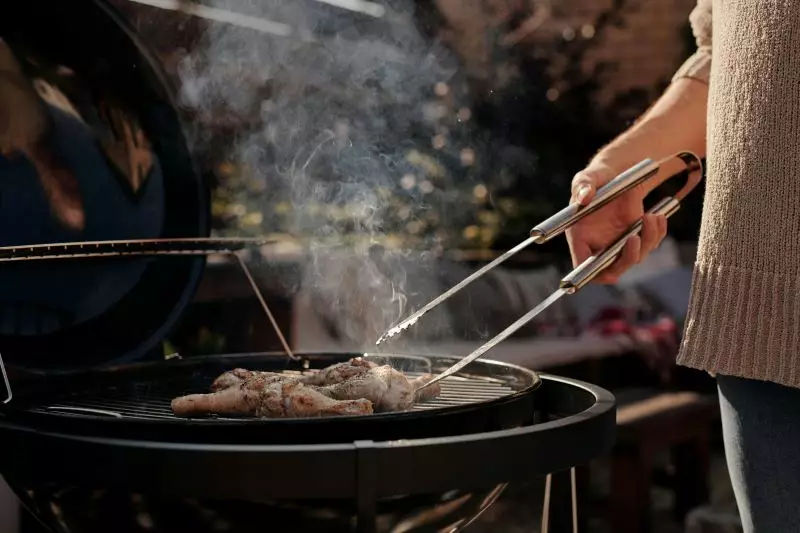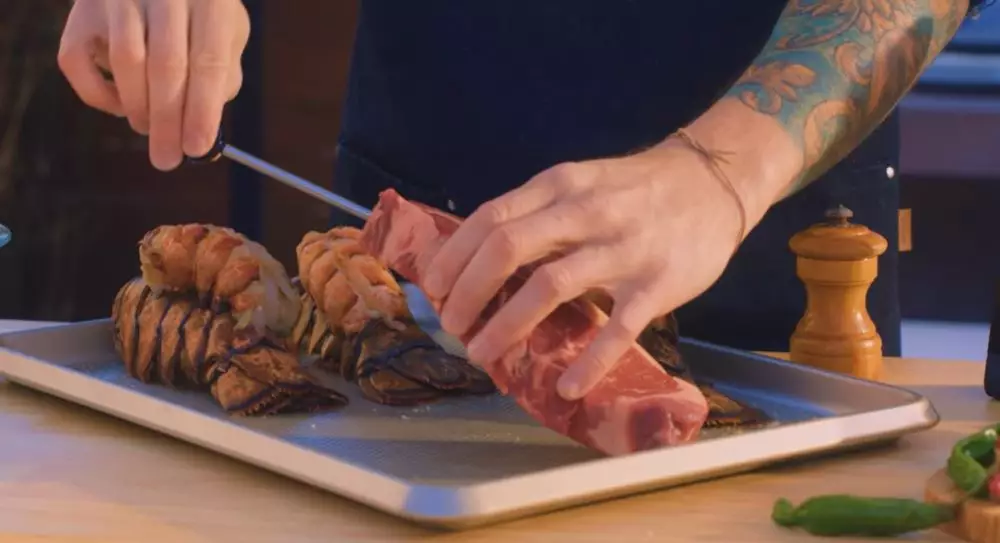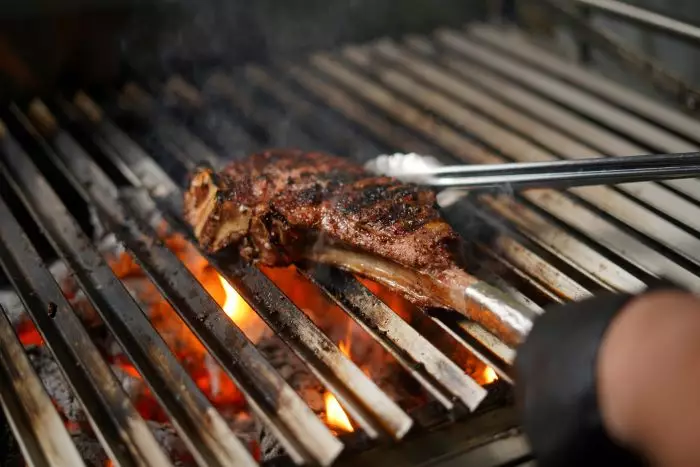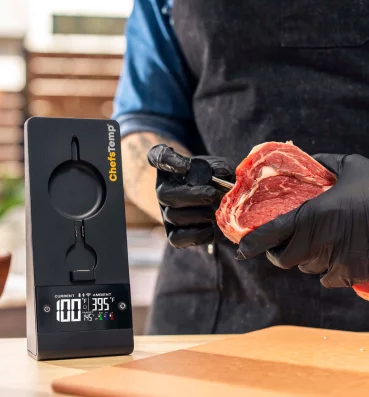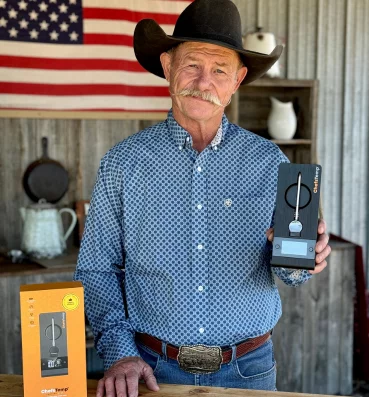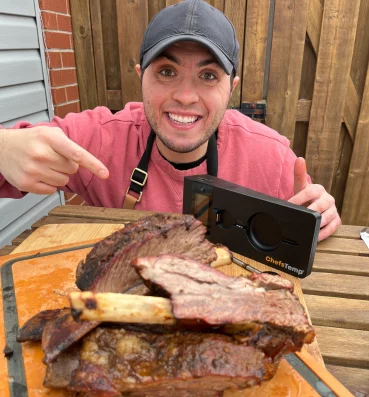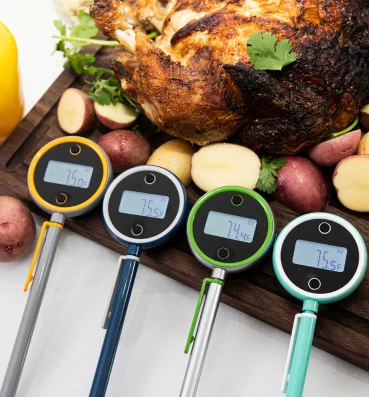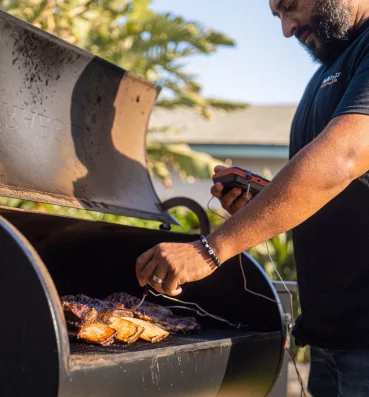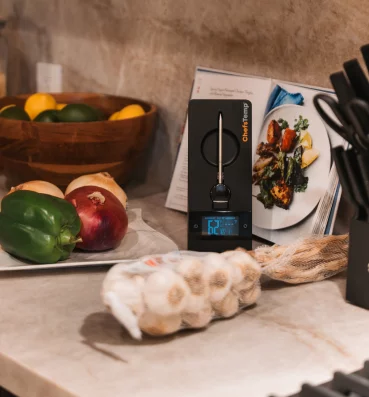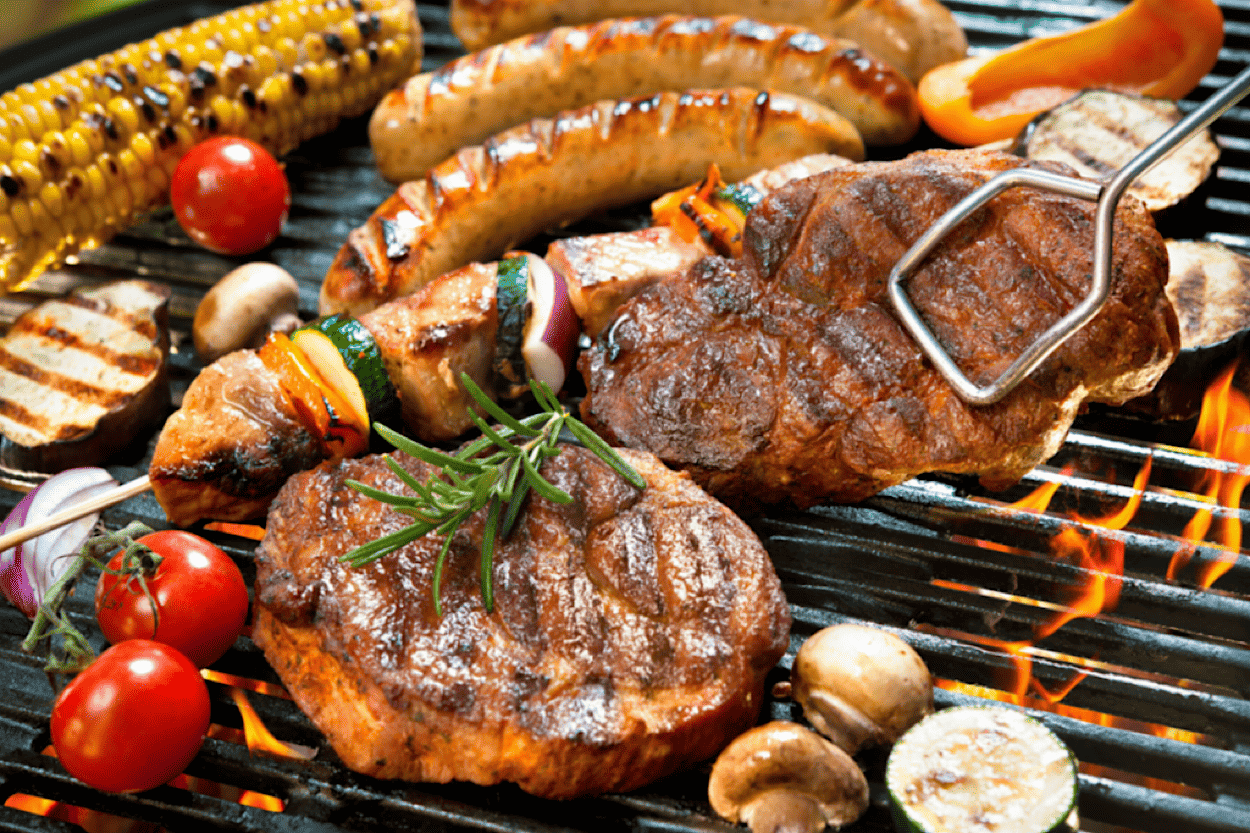
With Kitchen Thermometers, How Cooking Is Made Easy and Yummy?
Have you ever been in a situation where you felt embarrassed because people didn’t like your cooked food? That can be hard, especially when cooking is your passion. While you can’t change people’s minds, there is something you can do to improve the taste of your food and make it tasty.
Generally, people don’t like eating food when it’s undercooked or overcooked as it can affect the taste. The best way to find out if your cooked food is complete or not is to use a kitchen thermometer.
If you have never heard of it, this article will help you to understand what a kitchen thermometer is and what difference it can make in your cooking skills. Let’s dive right into it.
Table of Contents
What Is a Kitchen Thermometer?
A kitchen thermometer is a device or an instrument that allows you to check the internal core temperature of your cooked food. While a kitchen thermometer is commonly used to check cooked meat’s core temperature, it is also used to check the temperature of poultry and fish.
Every meat or steak has a different minimum temperature required at which it should be cooked to ensure safety. According to the Food Safety and Inspection Service, beef, pork, or roast should be cooked at 145°F (63°C) at least. Eggs should be cooked at 160°F (71°C) and fish at 145°F (63°C). You can check their official site to learn more about the minimum temperatures requirement.
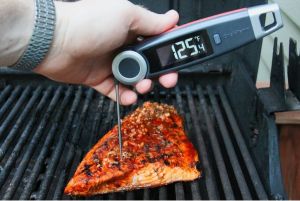
Types of Kitchen Thermometer
Kitchen thermometers can be categorized into the following types:
Digital Thermometers: These are the best food thermometers used today. They provide accurate readings of the temperature. Some professional chefs and cooks use instant-read thermometers that are known to provide faster readings with precise accuracy. Since they are digital, they can be used multiple times.
Dial Oven-Safe Thermometers: These thermometers can provide readings in 1-2 minutes depending on the food. They can be used in meat, roasts, casseroles, and soups but are not suitable for thin foods. The best part is you don’t have to wait to insert the thermometer. You can do it right there while it’s cooking.
Disposable Thermometers: Theyare made for only one-time use and must be disposed of after every use. And that’s why they are inexpensive. But using them can be risky as they are made of glass and can contaminate your food if broken.
Let’s find out how kitchen thermometers can make your cooking tasty and yummy. Let’s see the benefits of using it.
Prevents overcooking of food: One of the main reasons why people don’t like eating food is overcooking. Overcooked meat ruins backyard barbecue by serving dry, rough, and tough meat that nobody likes. Don’t let this happen to you. You can easily avoid this by using a kitchen thermometer and cooking the meat at its proper temperature that will make it juicy and tender.
Keeps you healthy: According to the Food Safety and Inspection Service, an estimated 48 million people suffer from foodborne illness every year in the US. The major cause of illness is cited to be eating contaminated food that results due to improper cooking.
While we think, by judging the color of the meat, that the pathogens have been killed, certainly they are not. Some pathogens don’t die unless the meat is cooked at its proper temperature. So, it’s better to stop taking a guess and start following the rules.
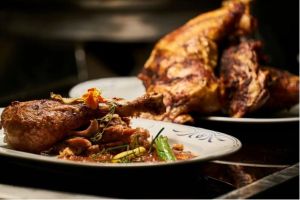
Regulates safe temperature: Leftover food is always a breeding ground for harmful bacteria. Consuming it can lead to serious consequences like falling ill and experiencing symptoms such as nausea, vomiting, diarrhea, or fever. To make sure the leftover meat is healthy to eat or not, you can check that by using the kitchen thermometer and measuring its temperature readings.
Keeps up with every demand: It’s very common for people to have different preferences when it comes to having a steak. Some prefer it to be fully cooked while some prefer it to be medium. In that case, you can use the kitchen thermometer to make sure your guest doesn’t disappoint. By checking the temperature with the kitchen thermometer, you can cook everything to its perfection.
How to Use a Kitchen Thermometer?
Now when we have learned about kitchen thermometers, it’s time to learn how to use them properly.
Step 1: Test the accuracy of your thermometer
Before you start using it, first check if your meat thermometer can provide accurate results or not. Two methods can be used to test the accuracy — the ice water method and the boiling water method.
First, let’s test using the ice water method:
- Take a large glass and fill it with ice.
- At the top of the ice, add water and stir well. Hold for three minutes.
- Locate the thermometer stem 2-inches into the mixture.
- Note if the thermometer is reading 32°F (0°C) after 30 seconds.
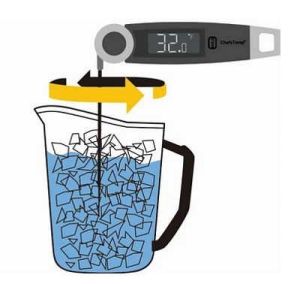
Now, let’s test using the boiling water method:
- Fill a deep pan with water and boil it.
- Place the thermometer 2-inches into the boiling water.
- Note if the thermometer is reading 212°F (0°C) after 30 seconds.
If the above-mentioned steps work successfully, it means your thermometer can provide accurate readings.
Step 2: Calibrate your thermometer
Calibrating a thermometer is easy and manufacturers always provide instructions on how to adjust the thermometer as needed. Calibration, however, is not required for some digital thermometers. Most of them are equipped with a self-calibrate function. But to ensure your readings don’t deceive you, recalibrate it each time for the most precise readings.
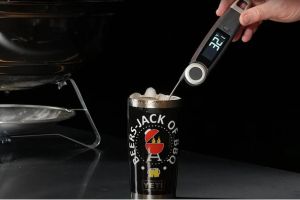
Step 3: Proper placement of thermometer is important
To get the most accurate readings, proper placement of the digital read thermometer is important. Placing it in the wrong position will give you false readings that aren’t good. Always try to place the thermometer in the thickest part of the meat while avoiding fat and bone. Since bones are good conductors of heat, placing the thermometer too close to the bone will give you a higher reading.
In the case of eggs and fish, place the thermometer in the center or thickest area of the dish.
Step 4: Measure readings at the right time
Take time before you start placing the thermostat in the meat. The appropriate time to check the temperature of your cooked meat depends on the size. For example, if you are cooking a large roast, don’t place the thermometer in the beginning. Start checking the temperature 30 minutes before the completion time.
If you are cooking fine or thin parts of the meat, start checking five to ten minutes before you expect it to be done. After you are finished with cooking, wait for three to five minutes before consuming the meat.
Step 5: Keep your thermometer clean
After every use, clean your thermometer to prevent any kind of contamination and spread of harmful pathogens. Use clean soapy water to wash the thermometer.
Conclusion
If you are a passionate cook who loves to keep everyone happy with tasty and yummy food, a kitchen thermometer is a must-have piece of equipment. It’s important to understand its basic functions and achieve juicy results. But to get the most accurate results, make sure you are using it as instructed. Any kind of error will give you false readings that you would never wish for.
Discover Other ChefsTemp Products
Discover more recipes and learn kitchen tricks by joining our cooking family on Facebook.
You may also like:
